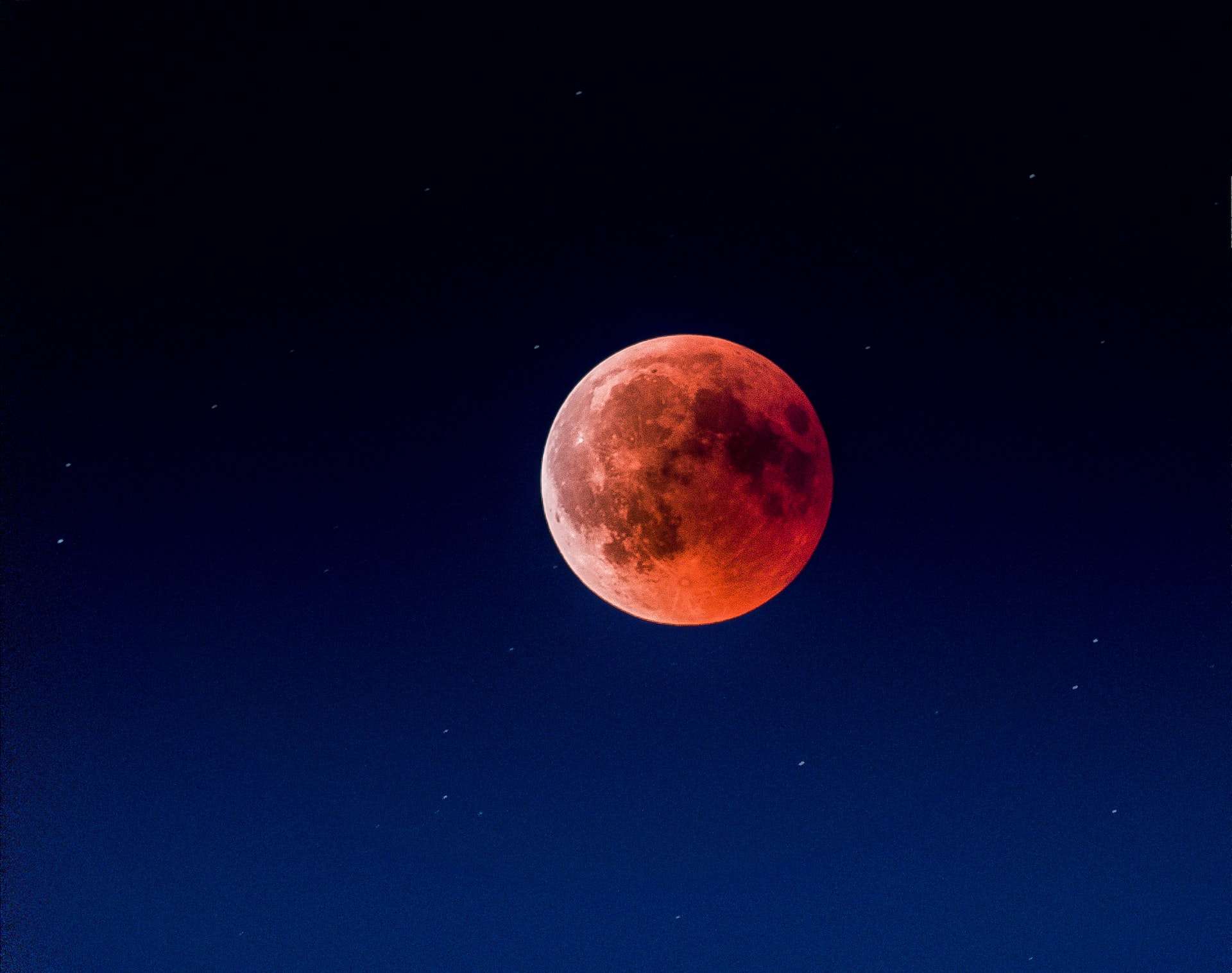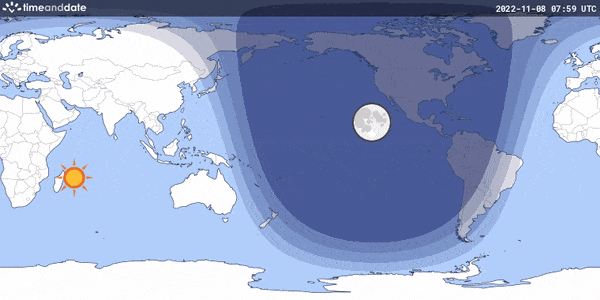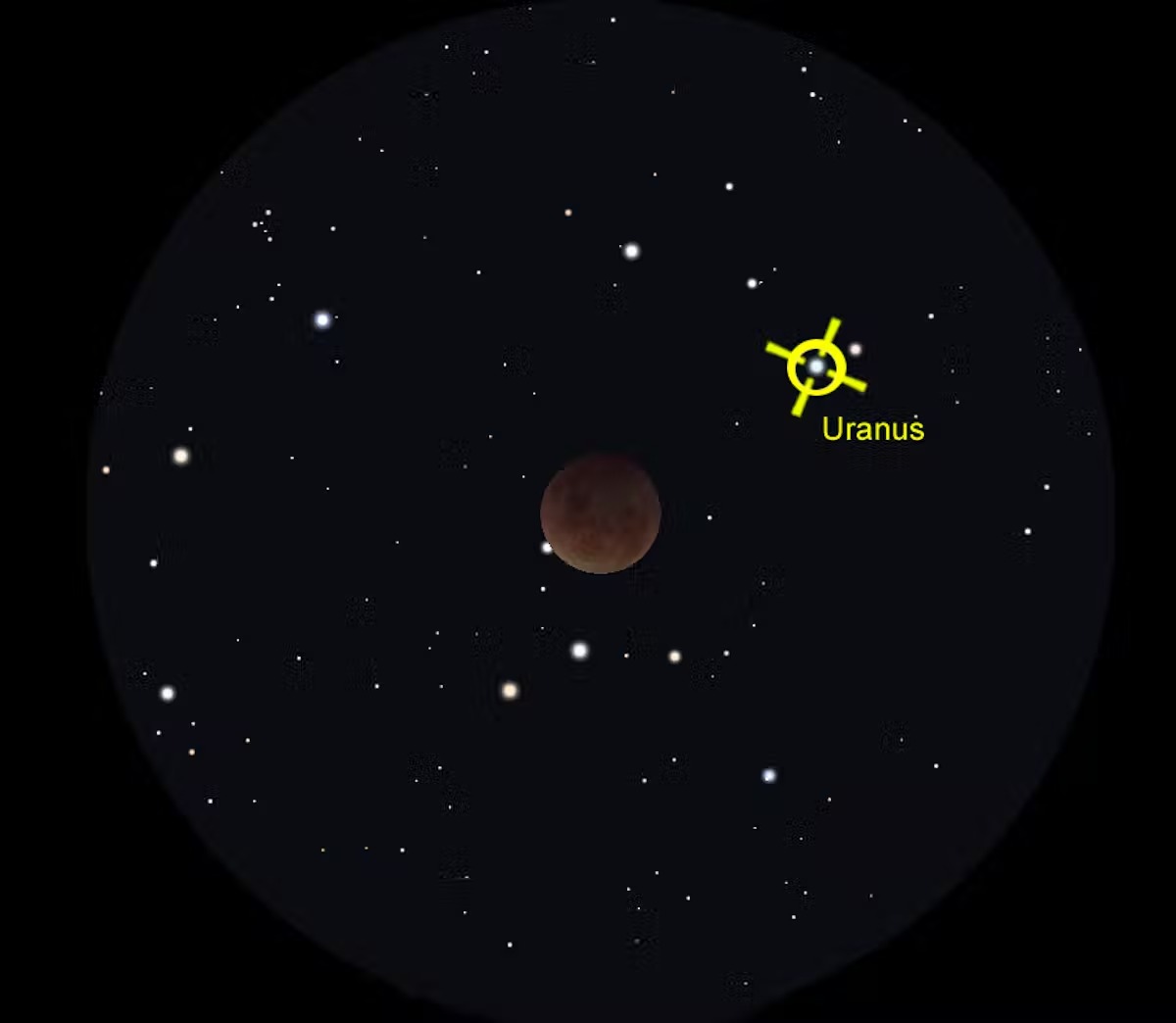In 2022, we were waiting for amazing observations of the sky with a total lunar eclipse in May, a rare parade of five planets in June and a partial solar eclipse in October. Now it’s the turn of the lunar eclipse on November 8th. But the saddest thing is that this is the last total lunar eclipse in the next three years – the next one will take place as early as March 14, 2025, although partial lunar eclipses will occur in 2023 and 2024.

Blood Moon
A total lunar eclipse is known in folk folklore as a Blood Moon. This astronomical phenomenon got its name because of the reddish hue in which the full Moon is painted.
A total lunar eclipse occurs when the Earth passes between the Sun and the Moon. Our planet casts its shadow on the moon. While direct sunlight is completely blocked, the Earth’s atmosphere is transparent enough for some of the light to penetrate the moon. As a result of this overlap, shorter blue light waves are scattered more than long red ones, which is why the shadow gives the Moon an eerie red light. Hence the name Blood Moon.
When will the lunar eclipse begin and how long will it last?
The total eclipse on November 8, 2022, will last 1 hour and 25 minutes. This spectacle will be visible in most of the world: over the Pacific Ocean and most of North America. The eclipse will also be visible on the rising Moon over the territory of Australia, Asian countries and in the extreme northeast of Europe, and in the west over South America and eastern North America. Unfortunately, in Ukraine, this event will not be visible due to daylight.

The eclipse will begin at 10:03 a.m. GMT+2, when the Moon will begin to enter the extreme region of the earth’s shadow. The full hit of the Moon in the shadow of the Earth will take place at 12:17 p.m. GMT+2, and will end at 02:42 p.m. Such lunar eclipses are convenient because they do not need any equipment for observation – a clear sky is enough.
Those who did not manage to live in the active phase zones can watch the event via an online stream.
By the way, it will be possible to notice Uranus near the Moon on November 8, which should look like a bright star above our moon.

Previously, we showed what a lunar eclipse looks like from space.
According to Space
Follow us on Twitter to get the most interesting space news in time
https://twitter.com/ust_magazine

